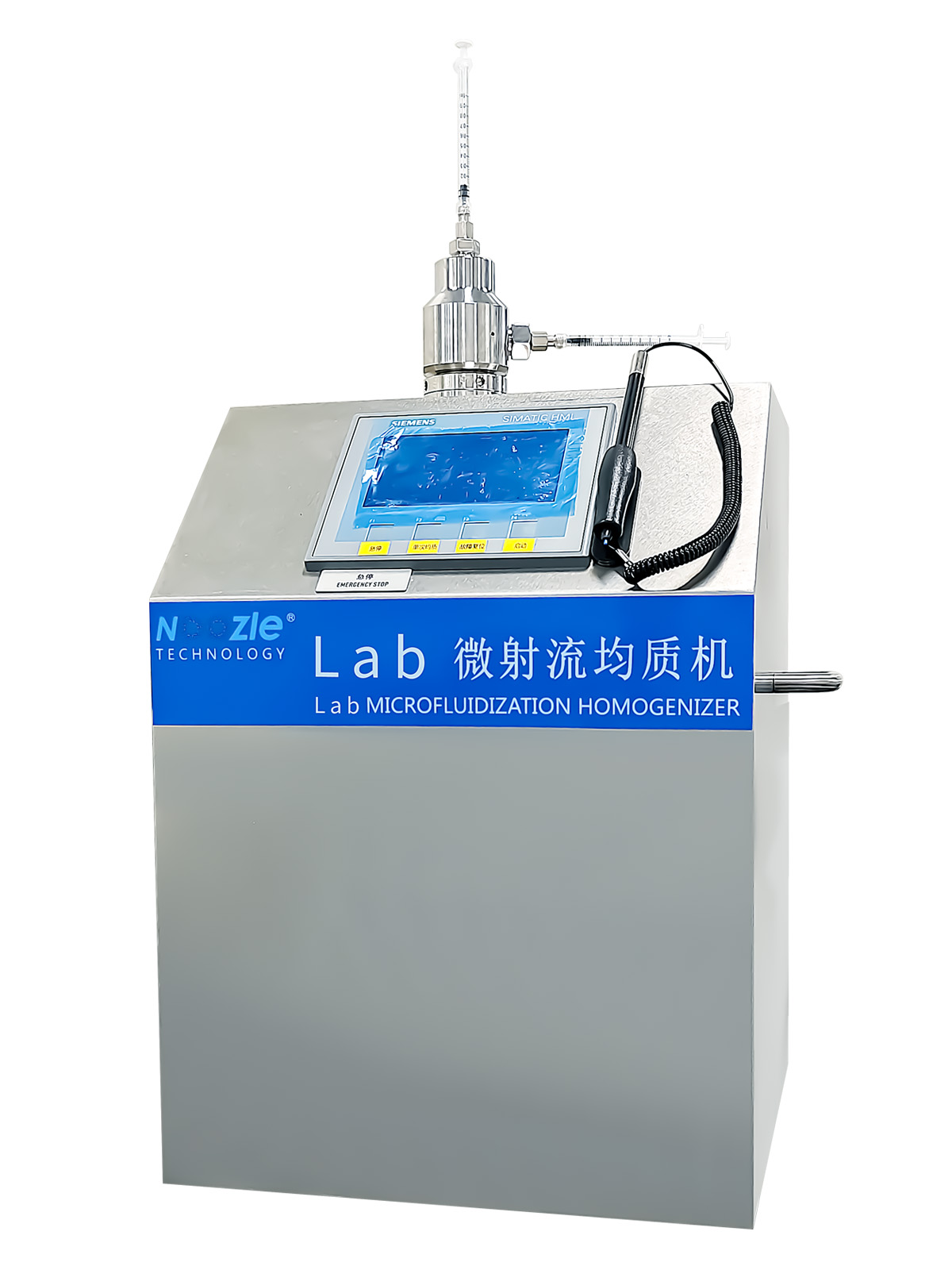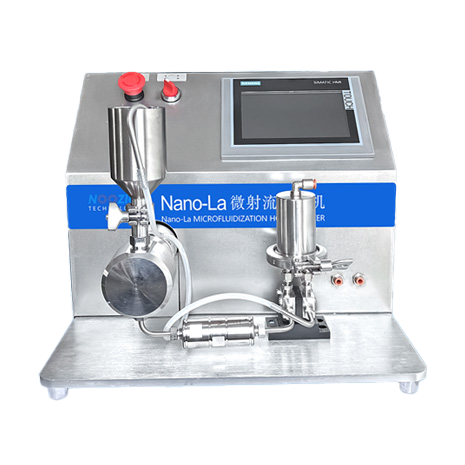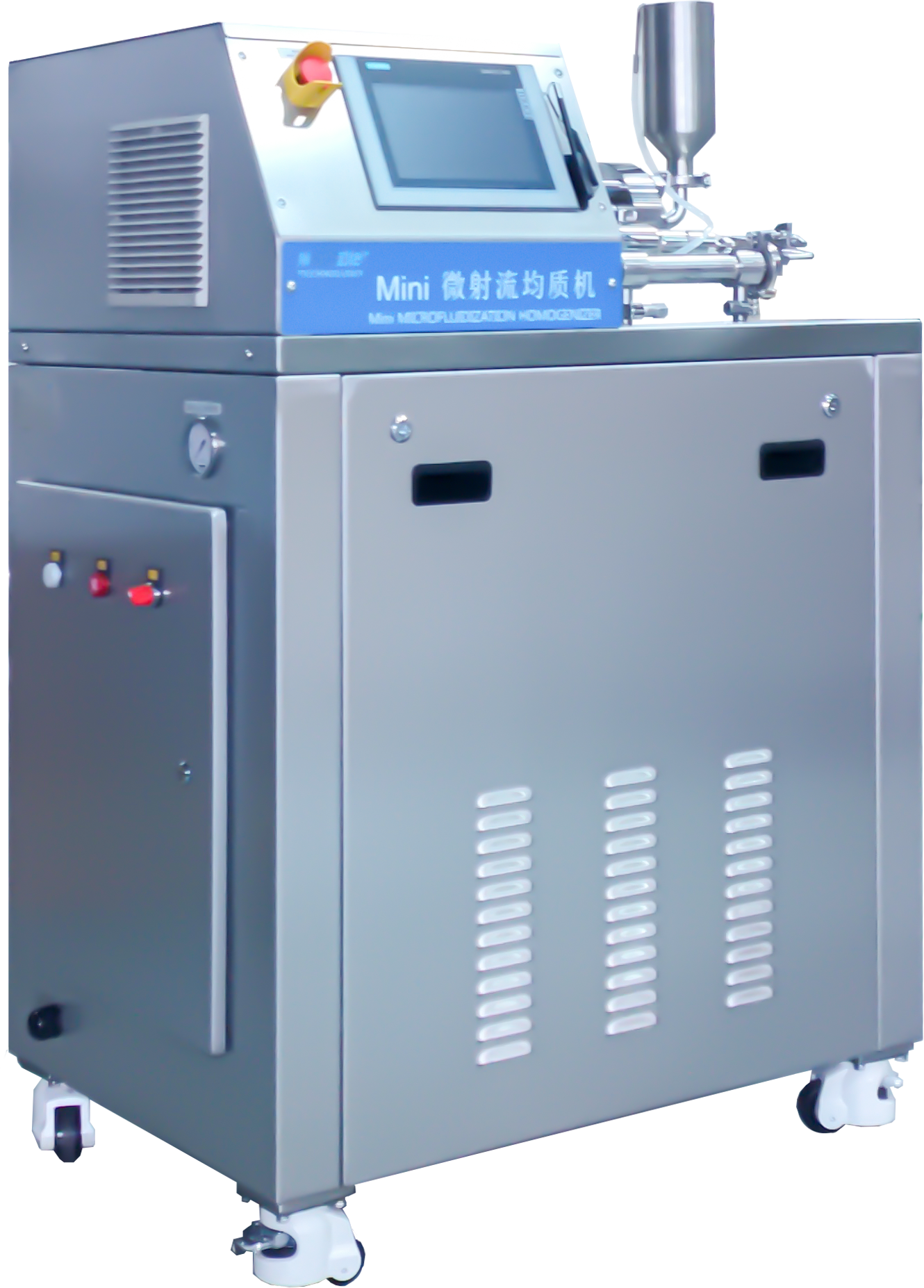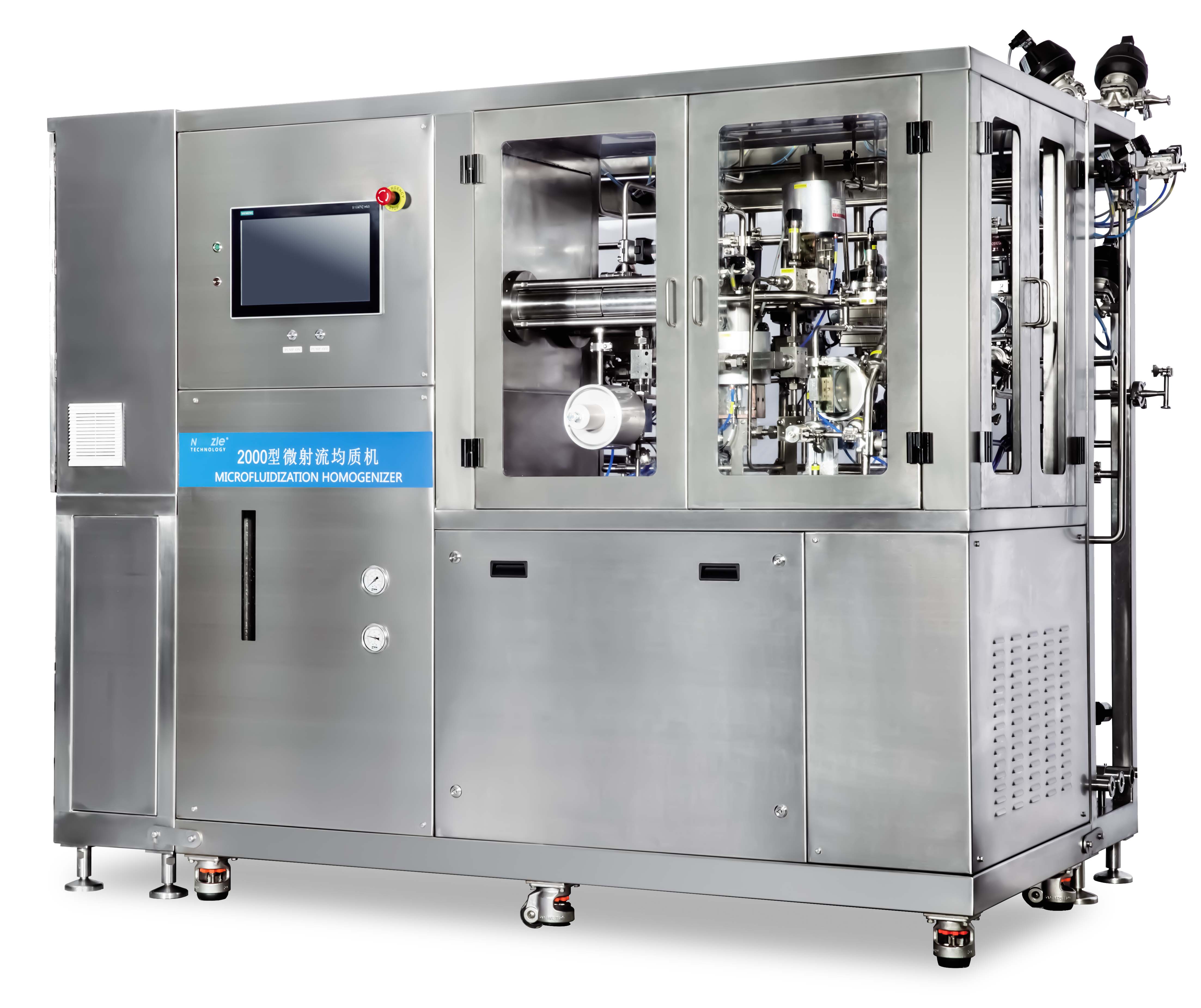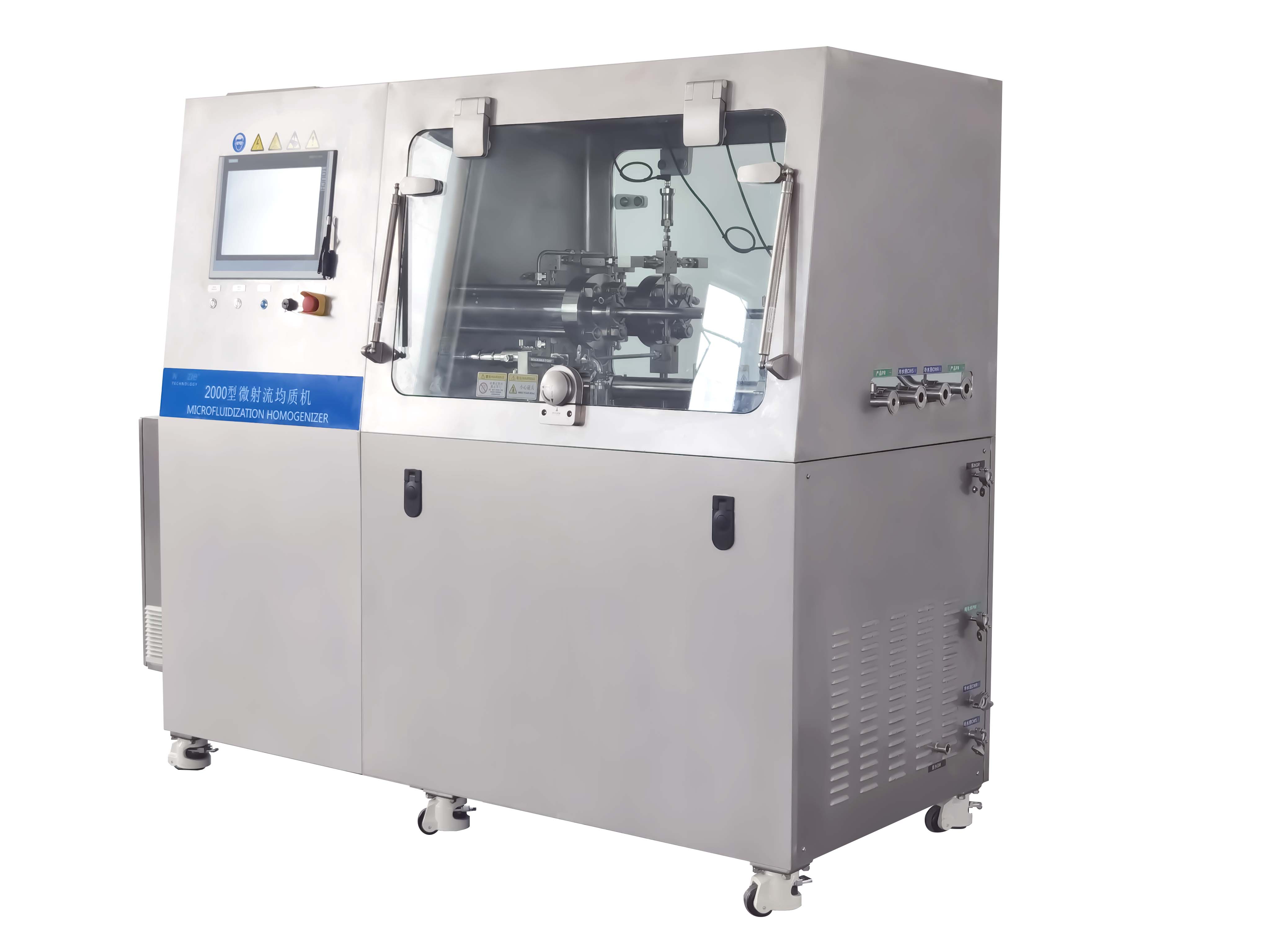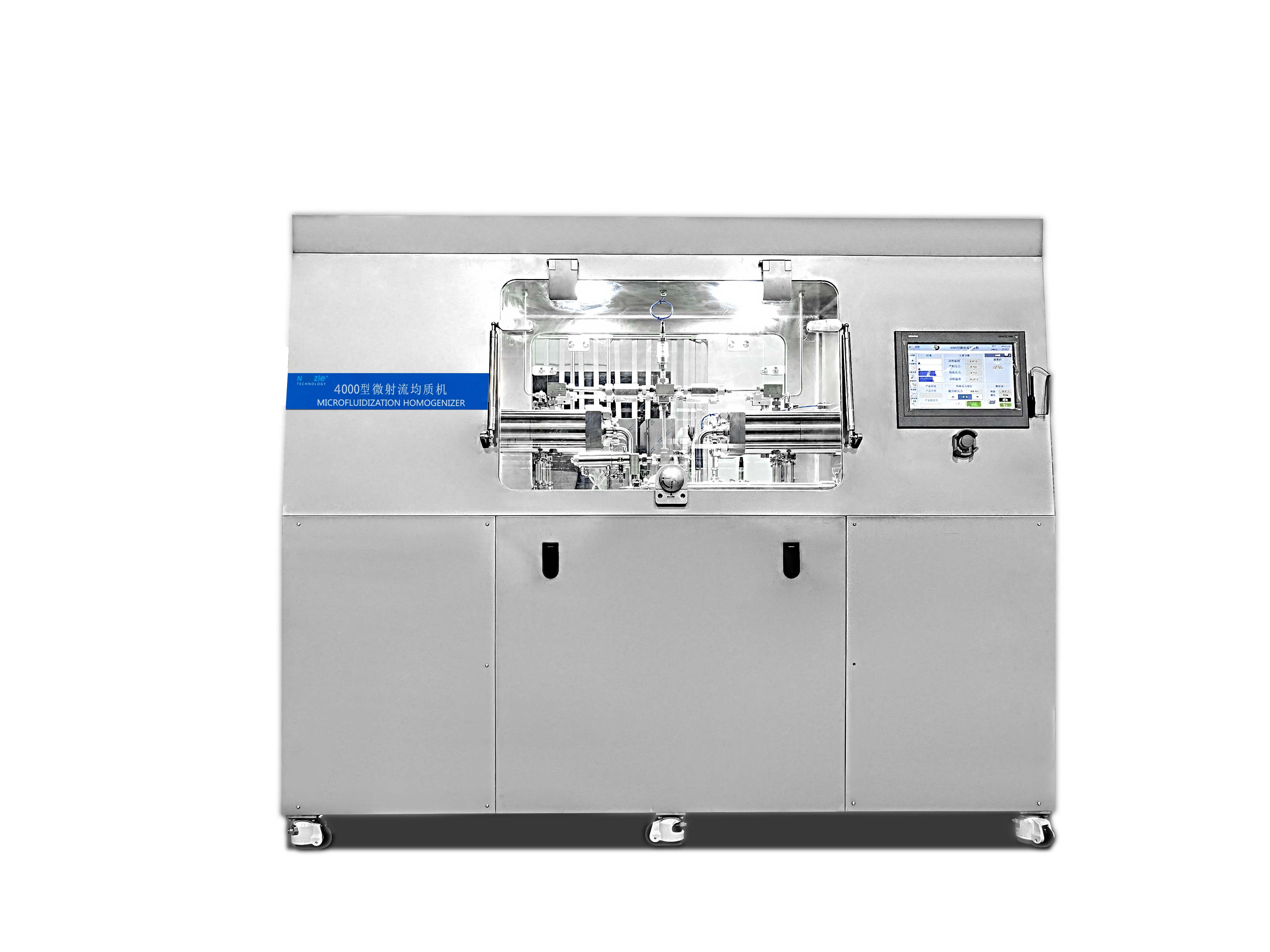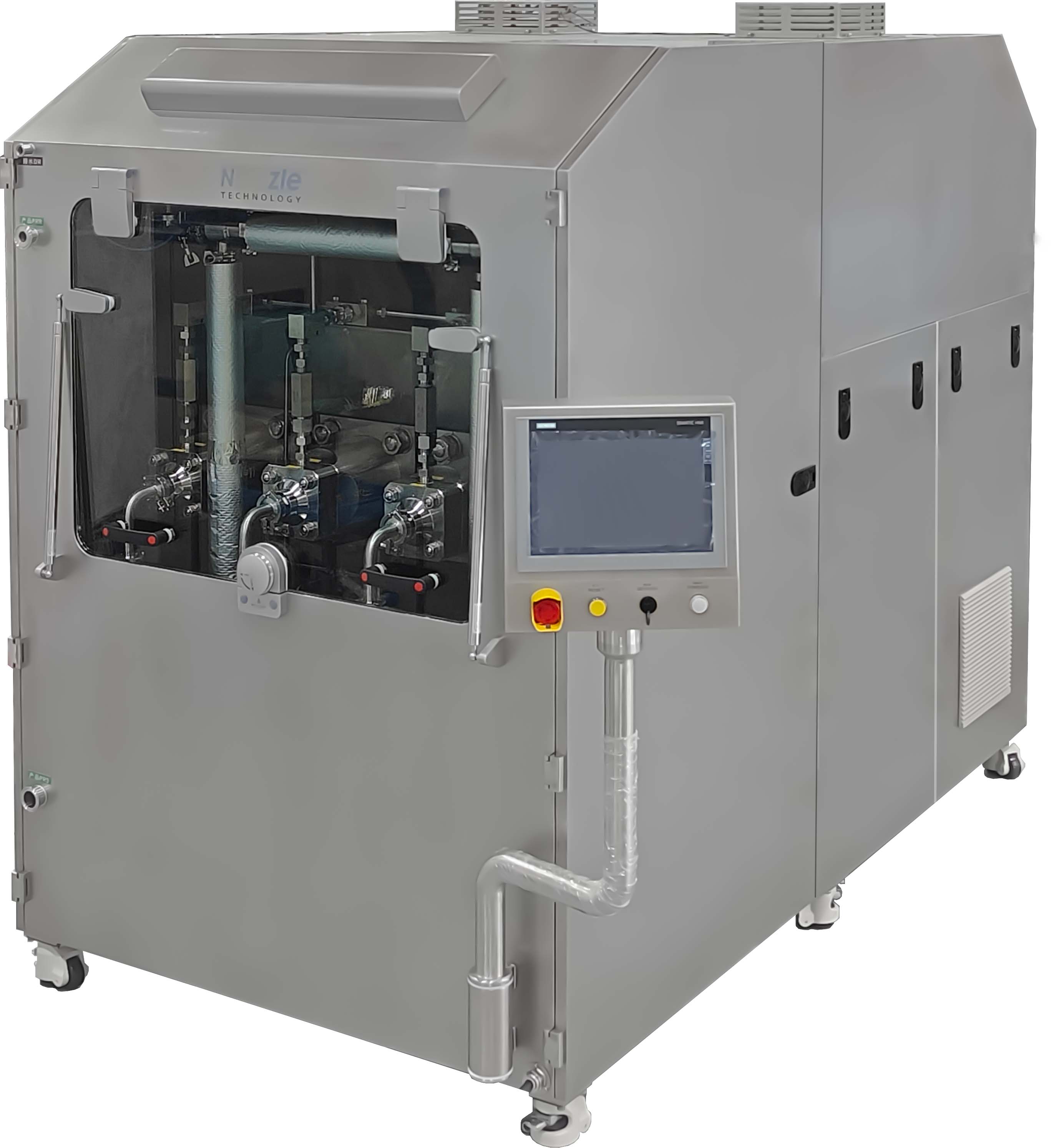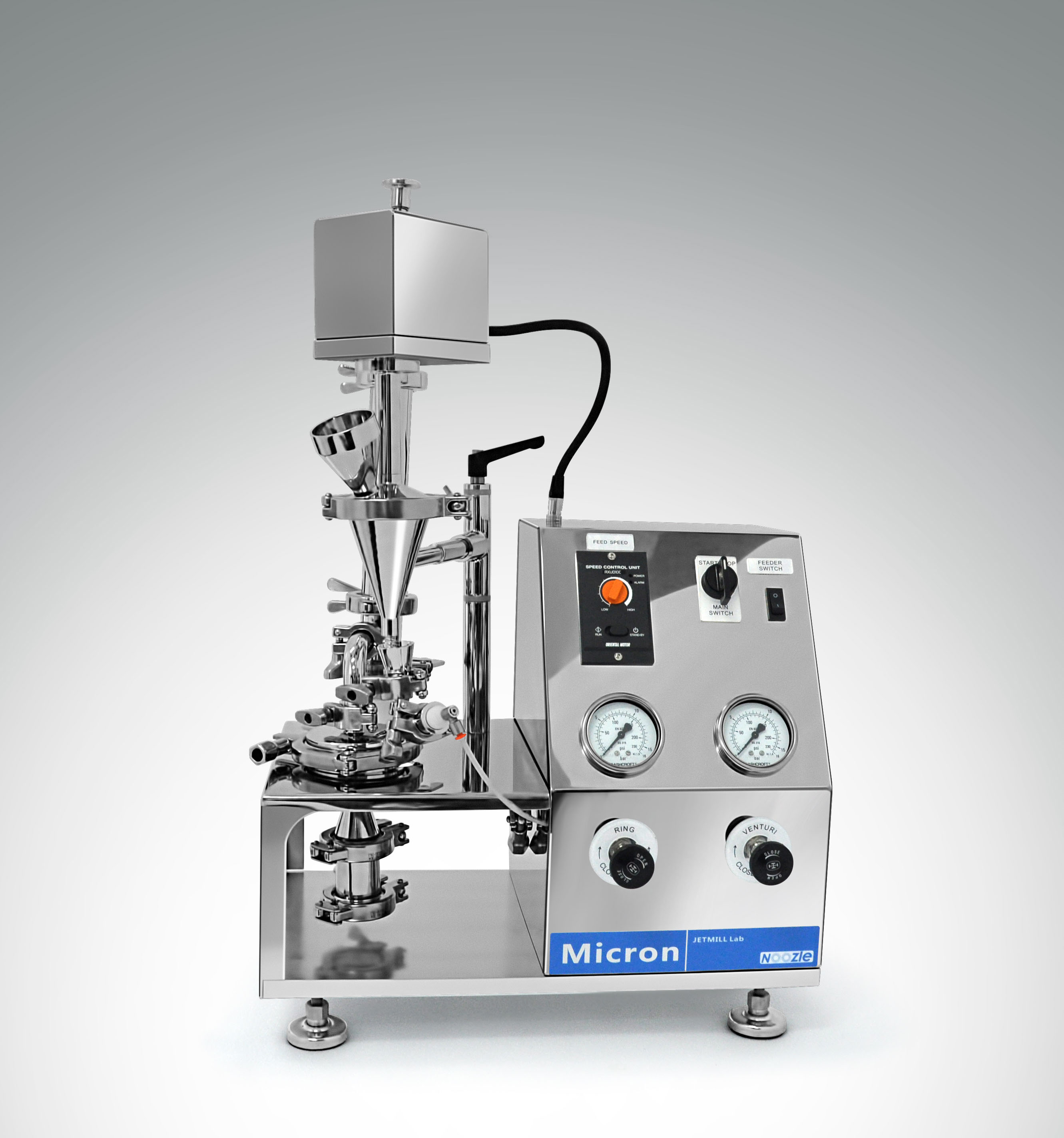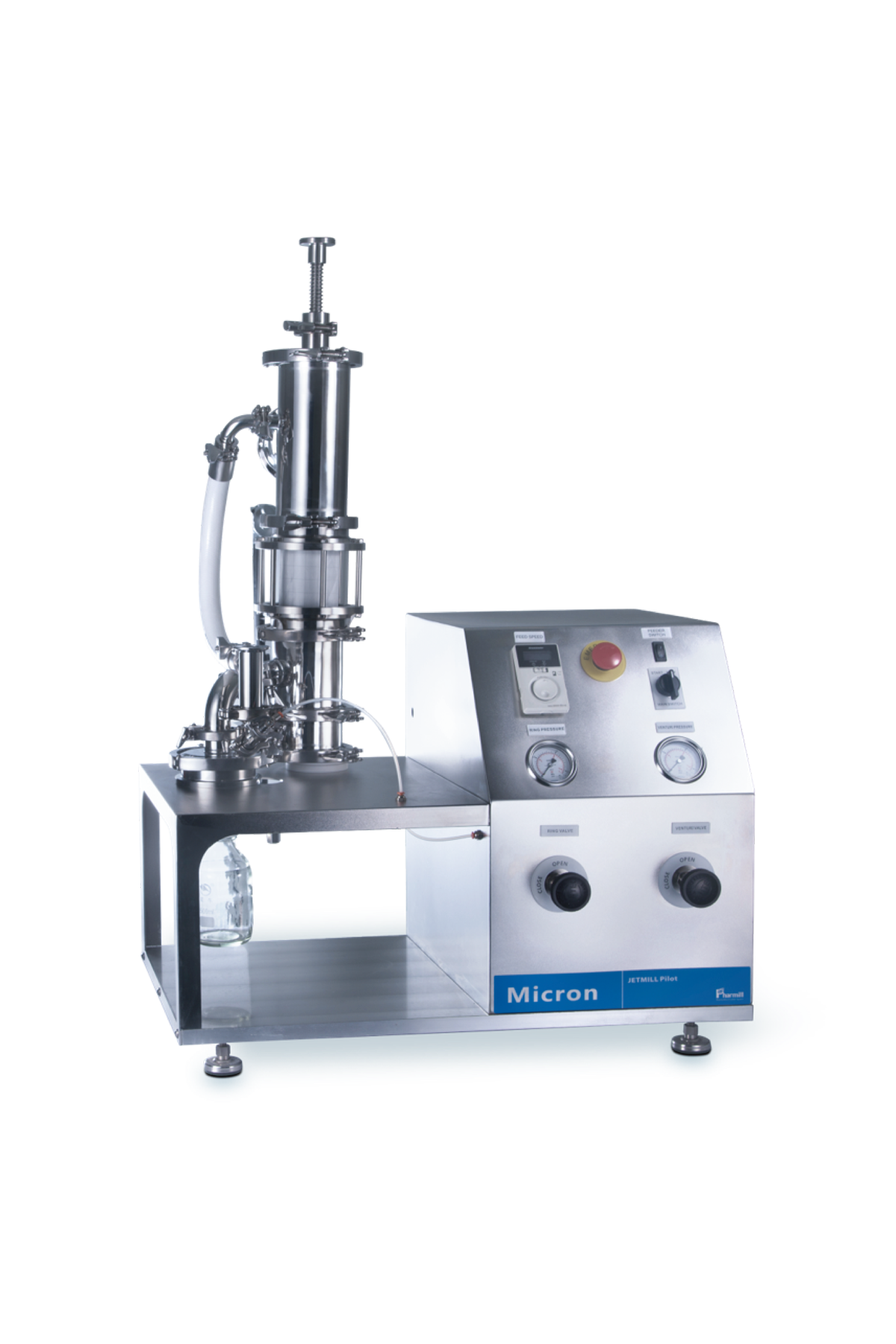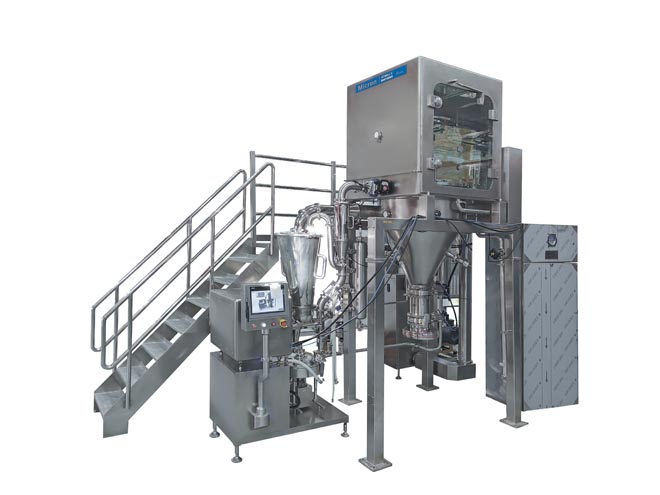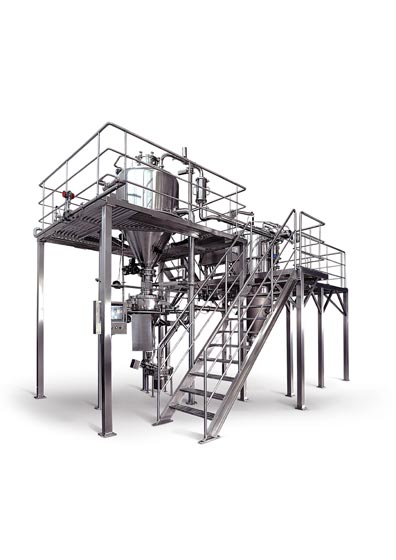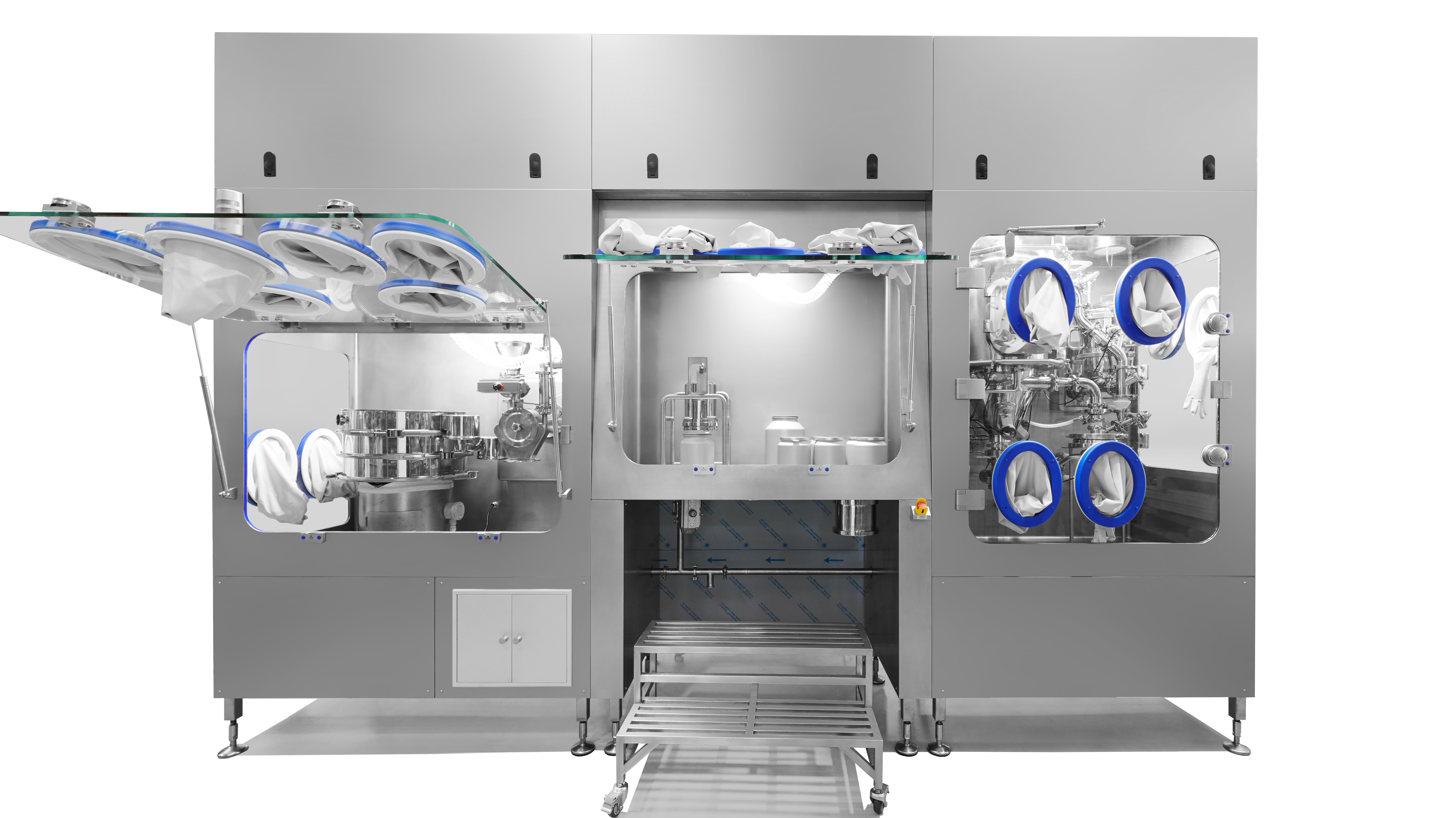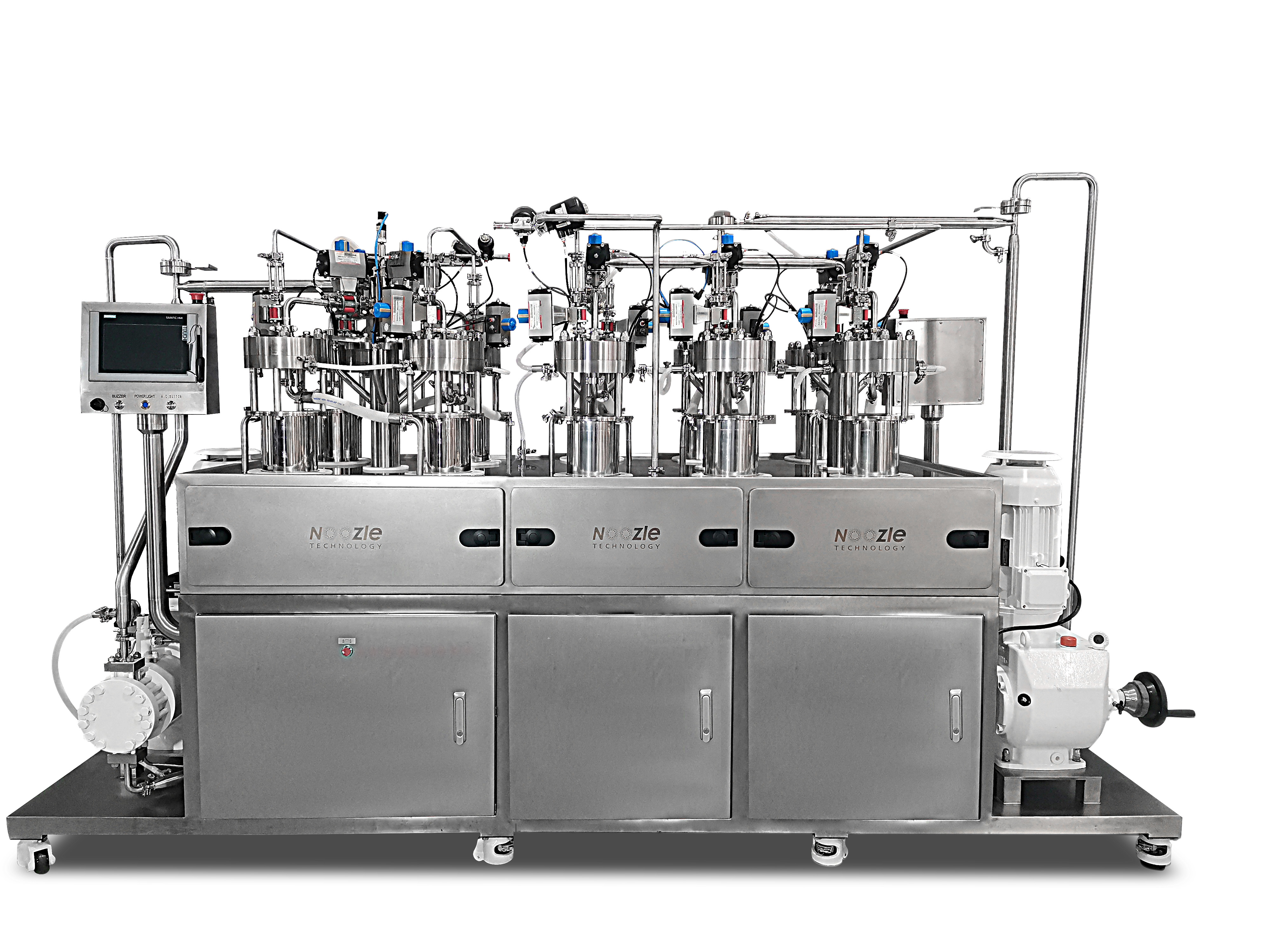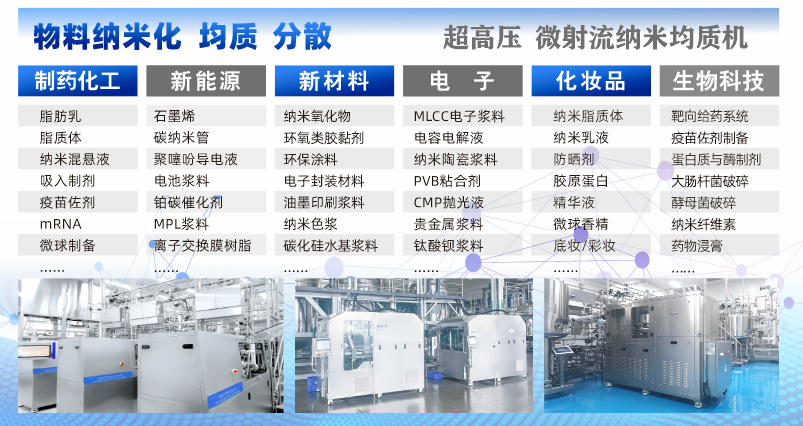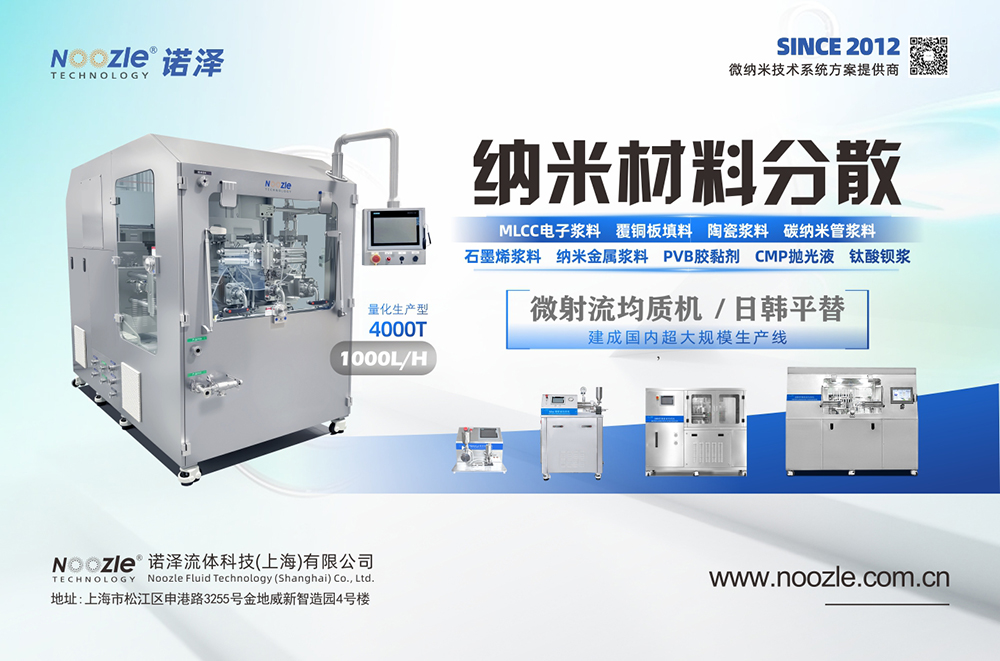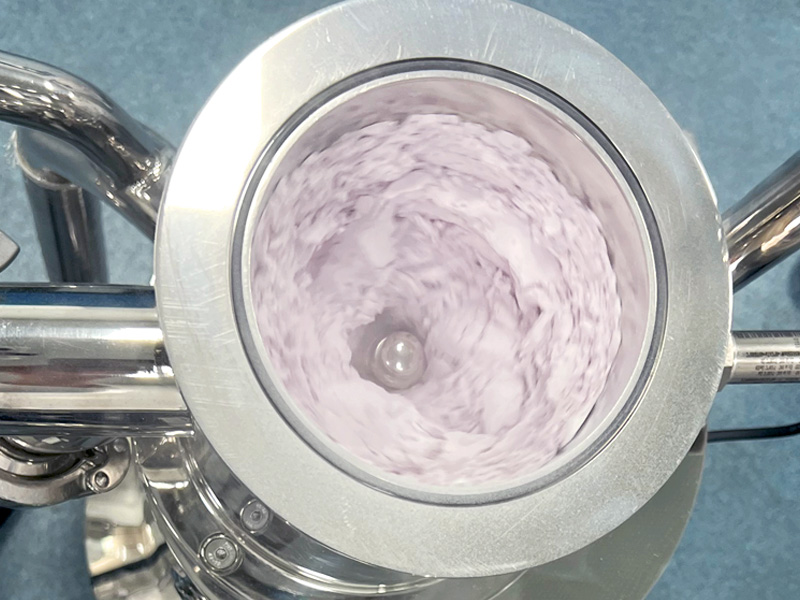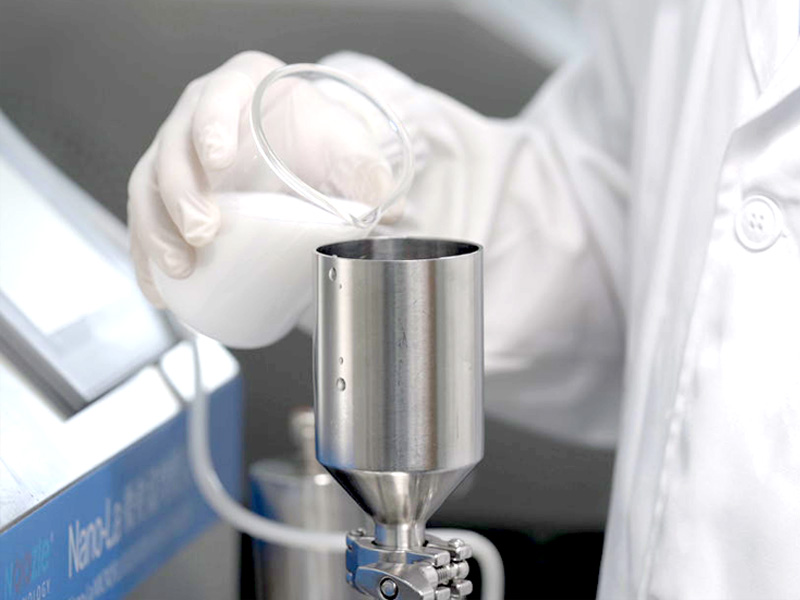Freeze-Drying Process Technical Support
Professional freeze-drying solutions, providing comprehensive technical support for your production
Freeze-Drying Process Principles & Advantages
Freeze-drying technology (lyophilization) is a process of sublimation and dehydration under vacuum after freezing the material, which can maximize the retention of active ingredients and physical structure of the material.
Working Principle
The freeze-drying process mainly includes three stages: freezing, primary drying (sublimation), and secondary drying (desorption). First, the material is frozen below its freezing point to convert water into ice; then, under vacuum, the ice is sublimated directly into water vapor by heating and captured; finally, the temperature is further increased to remove unfrozen bound water in the material, resulting in a dried product.
Core Advantages
- ✓ Preserves the biological activity and nutritional components of the material
- ✓ Good product rehydration, easy to restore to original state
- ✓ Extends product shelf life, can be stored long-term at room temperature
- ✓ Product volume remains largely unchanged, structure remains intact
- ✓ Reduces damage to heat-sensitive components
Key Freeze-Drying Process Parameters
Precise control of freeze-drying process parameters is key to ensuring product quality. The following are the main parameters affecting the freeze-drying outcome.
Temperature Parameters
- Pre-freezing Temperature -40℃ ~ -80℃
- Pre-freezing Time 2 ~ 24 hours
- Sublimation Temperature -30℃ ~ -5℃
- Desorption Temperature 20℃ ~ 50℃
Vacuum Parameters
- Sublimation Vacuum Level 10 ~ 50 Pa
- Desorption Vacuum Level < 10 Pa
- Vacuum Control Accuracy ±1 Pa
- Vacuum Pumping Rate ≤30 min (Atm. to 10Pa)
Time Parameters
- Pre-freezing Stage 2 ~ 24 hours
- Sublimation Drying Stage 12 ~ 72 hours
- Desorption Drying Stage 4 ~ 24 hours
- Total Cycle 18 ~ 120 hours
Typical Freeze-Drying Process Curve
Freeze-Drying Technology Application Areas
Freeze-drying technology is widely used in multiple industries, especially suitable for fields with high requirements for product quality.
Pharmaceutical Industry
Drying and preservation of biologics, antibiotics, vaccines, blood products, etc., maintaining their biological activity.
Food Industry
Freeze-dried fruits and vegetables, instant soup bases, health foods, etc., retaining nutritional components and flavor.
Cosmetics Industry
Freeze-dried masks, preservation of active ingredients, etc., improving product stability and effectiveness.
Biotechnology
Preservation of enzyme preparations, microorganisms, biological samples, maintaining their activity and structure.
Freeze-Drying Process FAQ
We have collected the most common questions users have about the freeze-drying process and provide professional solutions.
Product collapse is usually caused by improper temperature control during the sublimation stage. Solutions include: 1) Lower the heating temperature during the sublimation stage to avoid the product temperature exceeding its eutectic point; 2) Extend the pre-freezing time to ensure the material is completely frozen; 3) Check and adjust the vacuum level to maintain an appropriate vacuum environment during sublimation; 4) Optimize the pre-freezing rate by using a gradient cooling method to improve product structural stability. If the problem persists, it is recommended to re-measure the material's eutectic point and collapse temperature.
The pre-freezing temperature should be 5-10°C below the material's eutectic point, which usually needs to be determined by Differential Scanning Calorimetry (DSC). The pre-freezing time depends on the nature of the material, the loading amount, and the freezing capacity of the freeze dryer. The general principle is to ensure all material is completely frozen and then extend for an additional 1-2 hours. For complex materials containing multiple components, it is recommended to use a gradient cooling method to avoid separation of different components. Small-scale tests can help determine the optimal pre-freezing parameters.
High moisture content in freeze-dried products may have the following causes: 1) Insufficient temperature or time during the desorption drying stage - increase the desorption temperature and extend the desorption time; 2) Insufficient vacuum level - check if the vacuum system is leaking and if the vacuum pump performance is normal; 3) Excessive or uneven material loading - adjust the loading amount to ensure even distribution; 4) Entering the desorption stage before the sublimation stage is fully completed - ensure sublimation is complete. Generally, high-quality freeze-dried products should have a moisture content controlled between 1-3%.
Methods to improve freeze-drying efficiency include: 1) Optimize material form, reduce material particle size or thickness, increase surface area; 2) Use appropriate pre-freezing rates to form a uniform ice crystal structure; 3) Increase the temperature during the sublimation stage (without exceeding the eutectic point) while ensuring product quality; 4) Ensure good performance of the vacuum system and maintain an appropriate vacuum level; 5) Use segmented heating methods, adjusting heating power according to the freeze-drying progress; 6) For products with lower heat sensitivity, appropriately increase the temperature during the desorption stage. It should be noted that efficiency improvements should not come at the expense of product quality.
